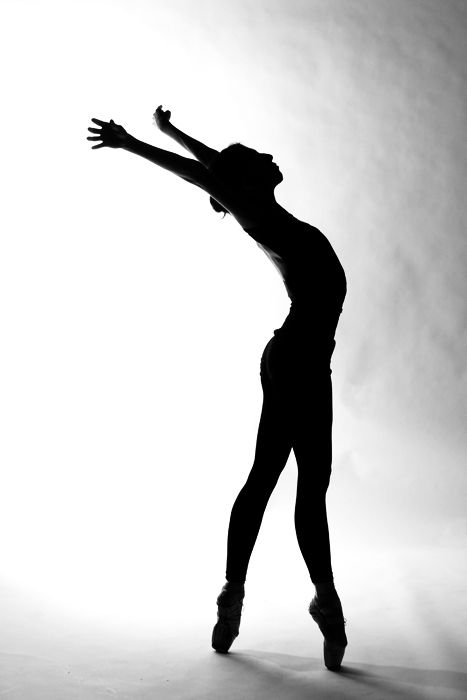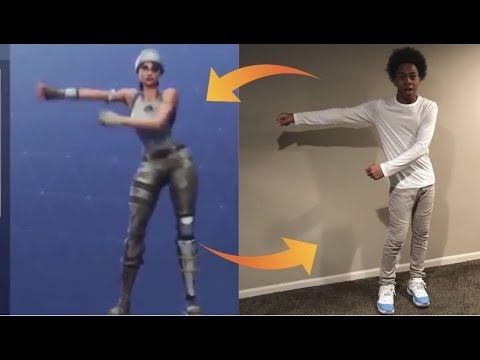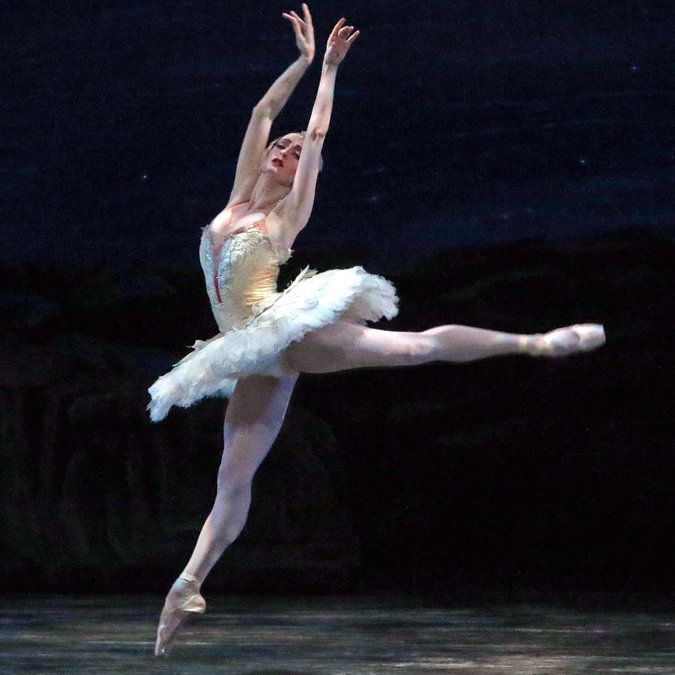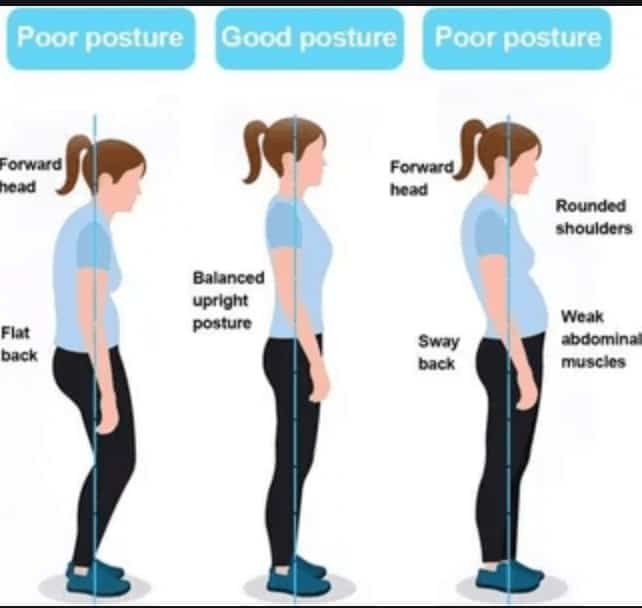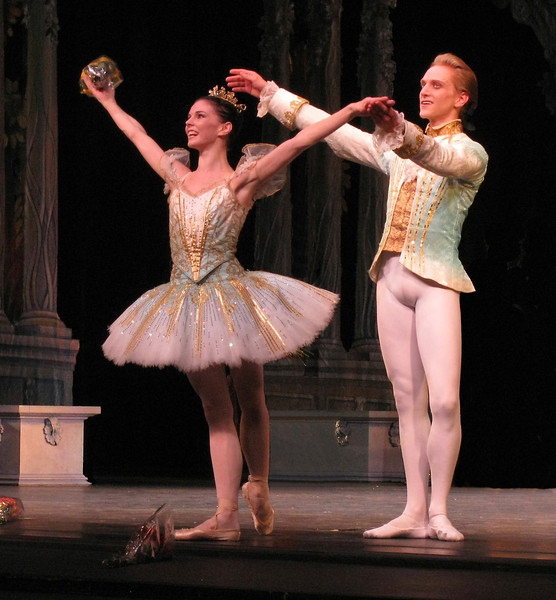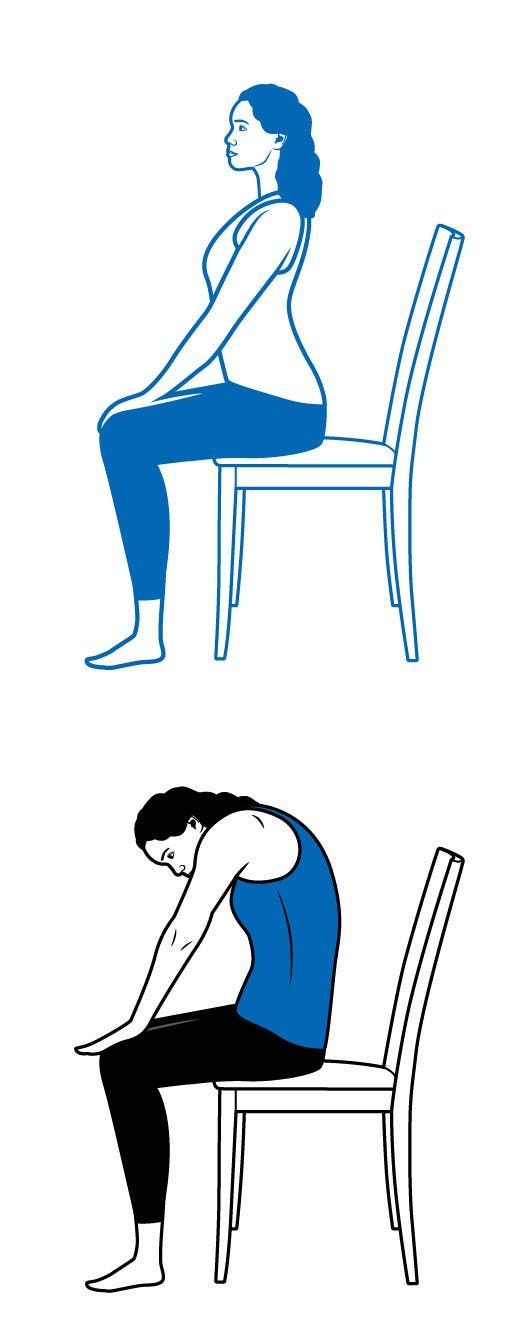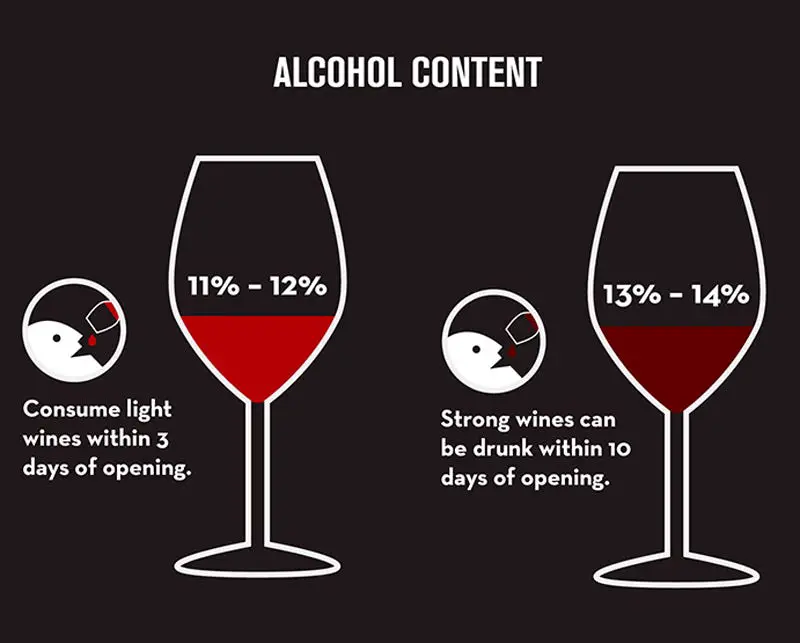How to make shadow dance
Easy Ways to Set Up a Shadow Dance Bar
Hemera Technologies/AbleStock.com/Getty Images
By: Farrah Davis Updated September 15, 2017
Shadow dancing is a fun and unique type of dancing. Shadow dancing is created by placing a screen with a light source shown in the direction of the dancer (behind the screen). The audience, on the other side of the screen, only sees the silhouette of the person dancing, creating a sensual and exotic type of dance that spices up any home party or nightclub. The way to set up a shadow dance bar depends on how much space you have and your budget.
Simple White Sheet Option
This is the easiest and cheapest option, with enough space to suspend or set up your sheet. Choose a 100 percent cotton sheet, as some thicker materials do not permit light to shine through as well as the cotton. If your space has rafters or beams, it is easier to hang the sheet and put something on the bottom for weight, such as a broom handle. If you cannot hang the sheet, purchase two microphone boom stands and place them and the end of the sheet to pull it tight. These stands are inexpensive and can be found at most musical supply stores.
Custom DIY Setup
To make your custom-sized shadow dance bar, first measure your space. After you get your dimensions, buy your fabric. Buy a little more than the size you want, to allow room to attach the fabric to the frame. For larger-size fabrics, check out curtain backing. This material comes in large rolls and can be cut to any size. Buy lumber to make your frame, as straight as possible. Cut wood to proper lengths and attach them to make the frame with wood glue and a nail gun. Once the frame is built, lie it on the floor and place the fabric on top; pull snug to the edges. Attach the fabric with a staple gun and set the frame in place. Put a light behind it and grab your dancer to start the show.
Professional Rear Projection Screens
You can also use professional projection screens, which come in several different sizes. Most come with portable metal frames that are lightweight and easy to transport.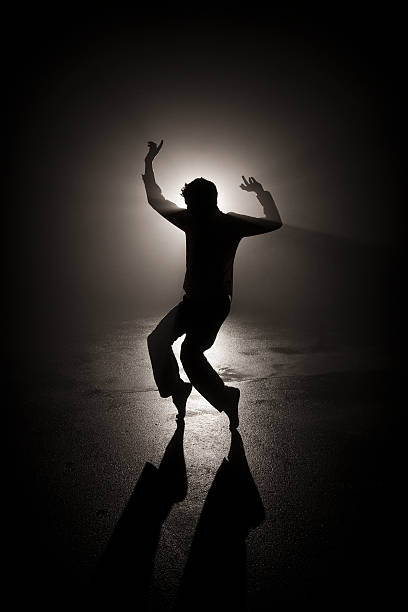 It takes more than one person to set up these types of screens for use, but there are many other benefits. These screens are more durable than homemade screens, which allow the dancer to get close to the screen and rub against it. This makes the dancing more animated and sensual.
It takes more than one person to set up these types of screens for use, but there are many other benefits. These screens are more durable than homemade screens, which allow the dancer to get close to the screen and rub against it. This makes the dancing more animated and sensual.
Lighting Setup
Your lighting setup should be free of loose cables and high heat. Light should be placed approximately 6 feet behind the dancer, around mid-torso height to spread the light evenly. Use only one light source to create one uniform shadow. You can use a simple desk lamp, utility lights, or strobe lights.
Writer Bio
Farrah Davis began her writing career in 2010. She has worked for Harley Ellis Deveraux and Green Dinosaur as an environmental consultant project manager, writing environmental plans for commercial projects. She graduated from West Virginia University with a Bachelor of Science in interior architecture and a focus on environmental studies.
Related Articles
The Art of Shadow Dancing with Archetypes Archives
Join Robert Ohotto for this timely new 3-Part Reflections Parallel Course where he will teach you to keep yourself neutral, empowered, self-connected, and self-protected when dealing with the shadow agenda of others – a valuable guide that will improve all of your relationships, most notably your relationship with yourself.
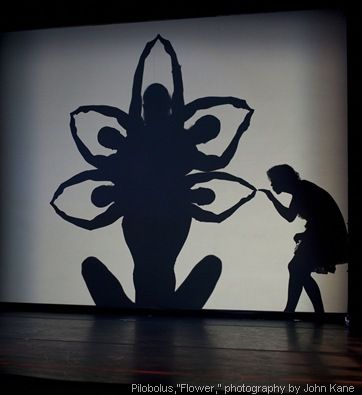
Buy All 3 Sessions
$135.00Add to cart
Three On-Line Seminars. Recorded December 11-13, 2018
Click here for answers to common questions
Do you find that there are certain people that know just how to get under your skin and send you into a tail spin?
What are your Soul Agreements with those that trigger you the most?
Why are there some people in your life that, no matter what you do, you just can’t hold your center when around them?
Want to know what causes you to compulsively abandon yourself again and again in some relationships?
Are you tired of people projecting their Shadow onto you via blame/scapegoating and want a way out of being their projection screen?
Each of us are born with a Sacred Agreement to be in relationships with others as a fundamental facet of our Destiny. You simply can’t become all you were born to be without getting your essential needs met via the resources of others – none of us are meant to do this life alone.
Yet anytime you are in a relationship with someone – whether that be a parent, spouse, child, colleague, boss, friend, or larger group of people – you will also find yourself in a relationship with their Shadow. A relationship with someone’s light will forever also pull in their darkness. And while this can often be rough going, it is nonetheless an unavoidable fact of life.
If we can’t opt out of meeting the Shadow of those with whom we have relationships with, for many of us who’ve been wounded and battered by the darkness of others, the question naturally becomes, “Is there an easier and more empowered way to engage their Shadow Side?” Yet before we can even get to and understand the answer to that question, we must first explore an entirely new set of questions…
Such as: What exactly is the Shadow part of the Human Psyche? What constitutes and creates the Shadow part of you? What does it mean to be in a relationship with someone’s Shadow? Can there be a more self-connected way to meet another’s dark side that doesn’t trigger you, cause you to lose power, and feed their Shadow? What does it mean to have a Soul Agreement to engage in a Shadow Dance with someone? What exactly is Shadow Dancing, and what are the optimal dance steps?
The Shadow and its anatomy tend to be far more dynamic than most of us have yet to realize and adequately understand.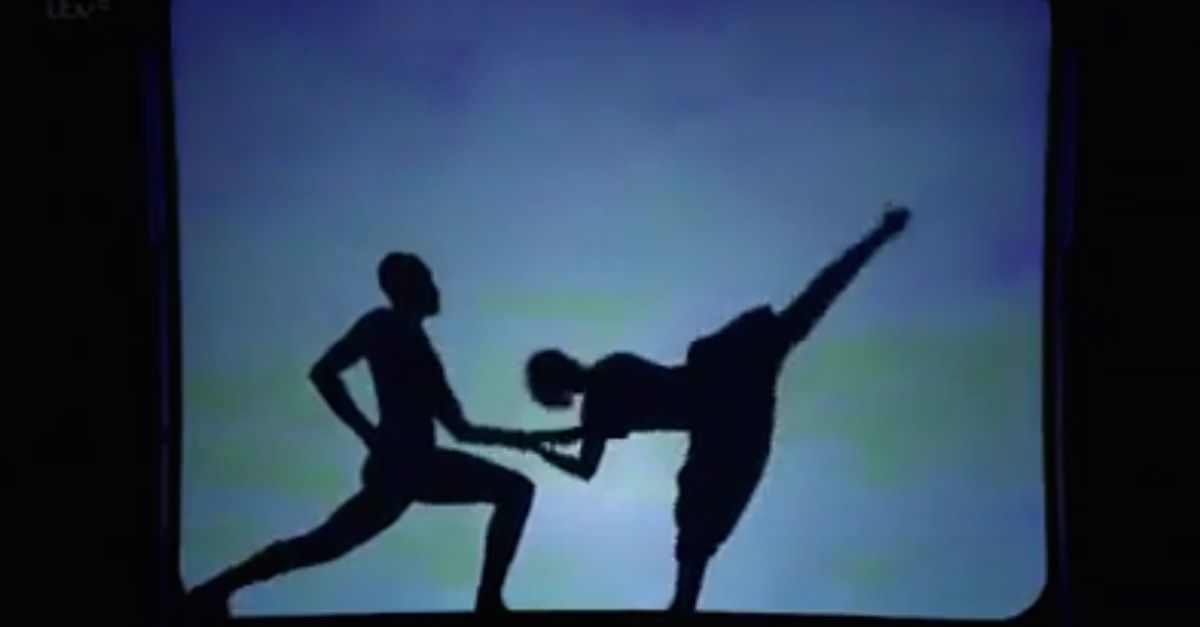 This has no doubt led to the many tales of relationship woe we could all share in a therapy circle! Who amongst us hasn’t felt abused, scapegoated, shamed, belittled, and blamed by the dark side of someone else and struggled with standing up to it?
This has no doubt led to the many tales of relationship woe we could all share in a therapy circle! Who amongst us hasn’t felt abused, scapegoated, shamed, belittled, and blamed by the dark side of someone else and struggled with standing up to it?
While the territory of the Shadow may be challenging, the good news is that there is indeed a more powerful soul-connected way to meet and greet the Shadow in yourself and in others. Like an Aikido martial artist that sidesteps and directs the momentum of their opponent, you too can maintain a balance and centeredness that you’ve perhaps never known before while encountering the shadow energy of your life’s Noble Adversaries!
While we haven’t been taught it, there is a way you can claim your personal power to consciously take charge of the shadow dynamics in all your relationships. How? By understanding the Shadow as a System of Power Management, and knowing its Archetypes.
Spotting the Shadow Archetypes driving someone when they are coming at you spinning their shadow strategies is often all it takes to get a clear read on their Shadow. And when you can do this, you will also intuitively know the next optimal moves to make without getting tangled up in their dark psychic web.
And when you can do this, you will also intuitively know the next optimal moves to make without getting tangled up in their dark psychic web.
I hope you will join me for this timely 3-Part Reflections Parallel Course where I will teach you new archetypal approaches on how to compassionately embrace your own Shadow, neutralize your shadow triggers, remove yourself as a target for other’s darkness, and master the Art of Shadow Dancing.
Here is an overview of what we will be exploring in this 6-hour/3-part course:
- Your Soul Contract with the Laws of the Human Psyche
- The Anatomy of the Shadow
- The birth of a Shadow Archetype
- The Shadow as a System of Survival and Power Management
- Recognizing the Shadow Archetypes in Yourself and Others
- How to Speak the Language of Shadow Archetypes and Turn the Dark into Light
- Shadow triggers and how to neutralize them
- Meeting the Shadow of Family Members, Romantic Partners, and Friends
- Shadow Dancing and knowing your Dance Partners
- Your Sacred Agreements with Noble Adversaries
- What to do when Shadow Dancing turns into Martial Arts
- How to Decline and Rescind Shadow Dance Invitations
- The Internet Age and Shadow Dancing Online
- How to handle the dark side of group energy
- The price of not standing up for yourself and how to stop paying
- How to deactivate a Shadow Archetype in someone else
I will conclude this series by gifting you with a succinct step by step compassionate strategy of how to keep yourself neutral, empowered, self-connected, and self-protected when dealing with the shadow agenda of others – a valuable guide that will improve all of your relationships, most notably your relationship with yourself.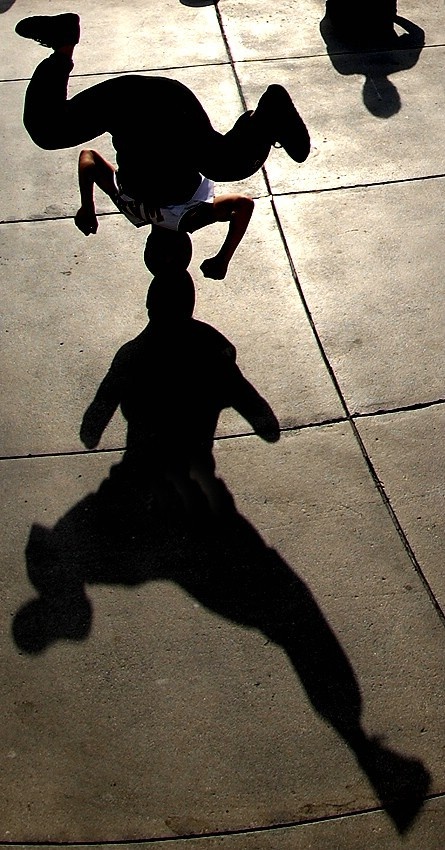 This will be something you can use for the rest of your life!
This will be something you can use for the rest of your life!
Sincerely,
Robert Ohotto
Buy All 3 Sessions
$135.00Add to cart
About Robert Ohotto
Robert Ohotto is the author of the best-selling book Transforming Fate into Destiny and is a world-renowned Radio Show Host, Spiritual Teacher, Thought Leader, and Intuitive Consultant, and Founder of HoloKompass™. Robert is recognized as a trailblazing presence within the field of psycho-spirituality, multi-sensory development, and human consciousness. Visit Robert's web site to learn more »
What is the Reflections Online Institute?
The Reflections Online Institute is a series of live webinars presented by Caroline Myss.
Every Reflections series offers transformational concepts, inspiring ideas, spiritual truths, and sacred mysteries that draw you into wondrous states of deep reflection about your life and power you have to redirect your life at any given moment.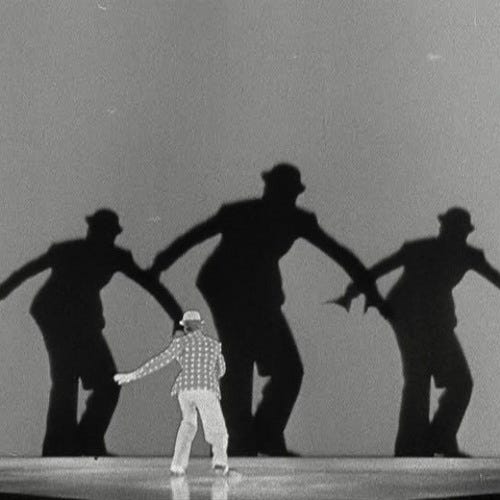
As part of your registration, you get lifetime access to audio and video recordings of the seminars.
Click here for answers to common questions
How to create a shadow theater | Shadow theater TEULIS
Blog
We often get questions about how you can make a shadow theater without having a lot of resources. Most often, these questions come from students. After a little thought, we decided to lift the "veil of secrecy" and tell you about how to make a shadow theater at home.
1.Screen
When it comes to limited financial resources, expensive rear projection screens are out of the question. Of course, if you have the opportunity to use it and rent a screen, this will significantly affect the result. But you can do without it! At our summer get-together, we generally made a show in an open field. Not a bad budget alternative is raincoat white fabric. It comes in different densities, so you should check when buying how clear the shadow is. This can be easily done by taking a flashlight with you and on a small piece of fabric you can see how the shadow is transferred to the fabric (look from the back, that is, how the viewer will see the shadow).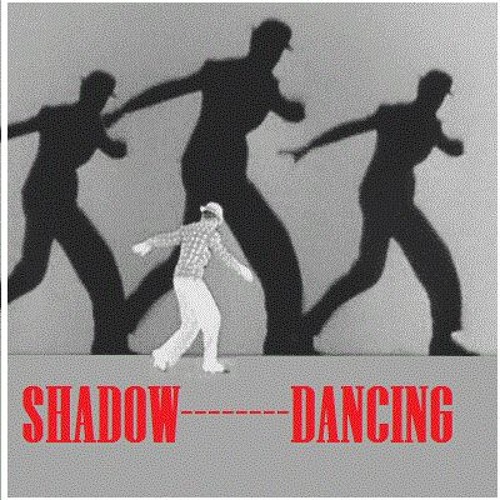 If the result suits you, and you have decided on the size (we have a small 3x4 screen), you can take it and safely proceed to rehearsals!
If the result suits you, and you have decided on the size (we have a small 3x4 screen), you can take it and safely proceed to rehearsals!
2.Light
As you know, in order for a shadow to appear, light is needed. In general, any light source will do. Even if it is a spotlight. But you should keep in mind that with such equipment the shadow will be slightly blurred. Our recommendation is to use a projector. Firstly, we are sure that it is not so difficult to find it at the university, secondly, the size of the light supply will match the size of the screen, and, thirdly, the shadow will be clear. A nice bonus is that you can use more than just a white background. By using images, you can add value to your story, make it more colorful and interesting. Little secret. Once, a long time ago, the TEULIS shadow theater at its first performances used this trick: we created a presentation with a set of suitable pictures and switched them depending on the plot. You can generally set a timer and do not have to do it manually. The main thing is that the pictures you choose fit the plot and are not too dark.
The main thing is that the pictures you choose fit the plot and are not too dark.
3.Sound and Props
Sound
Silent theater is certainly interesting, but the era of silent cinema is long gone. Use music, text... It all depends on your director's idea.
Props
The TEULIS shadow theater was initially tasked with using props only when it was conceptually necessary (for example, a microphone in the hands). But this is optional. Using props will save you time looking for alternative directorial solutions. For the manufacture of props, you can use cardboard or foam, if we are talking about objects - use them (for example, as a microphone stand for our ostrich).
Lastly:
Use your imagination, create new shapes, find your own style. It may be easier to follow the known path, but in this way you deprive yourself of the opportunity to come to something unique. Good luck in your creative endeavors.
Turn off the lights.
The show is starting.
Share:
Facebook Vkontakte Twitter
How to record dance video 💃 in low light
PHOTO
Darkness is not an obstacle
to create a masterpiece.
* Do it like a pro! Creative courses
29.07.2022 | ~4 min.
Want your dance videos to stand out in the feed? Give in to the power of darkness. “Everything looks epic in dramatic low light,” says London-based director RebekahBCreative, an expert in the world of choreography and music videos. In this edition of Do It Like a Pro, Rebecca shows you how to create an amazing dance video using the Galaxy S22 Ultra's night vision features. Turn off the lights and get ready to turn on.
How to film a spectacular dance in low light / @rebekahbcreative
Planning brings perfection
Like dance choreography itself, filming a dance requires preparation.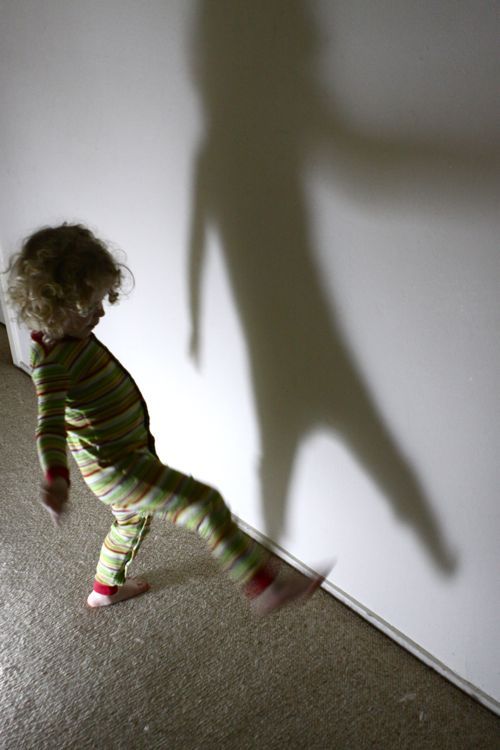 For example, choosing a location. Rebecca says a dark set can be helpful to create a cinematic atmosphere and hide the visual imperfections of a location. Whether you’re shooting outdoors or in a dimly lit studio, you need to make a detailed list of future shots and determine the camera settings you want (with the S22 Ultra, this is easy to arrange). As for the dance itself, Rebecca recommends getting a feel for the choreography, highlighting and emphasizing the movements that you think look best on screen. It is worth dressing dancers in clothes that are interesting, but not distracting for the audience.
For example, choosing a location. Rebecca says a dark set can be helpful to create a cinematic atmosphere and hide the visual imperfections of a location. Whether you’re shooting outdoors or in a dimly lit studio, you need to make a detailed list of future shots and determine the camera settings you want (with the S22 Ultra, this is easy to arrange). As for the dance itself, Rebecca recommends getting a feel for the choreography, highlighting and emphasizing the movements that you think look best on screen. It is worth dressing dancers in clothes that are interesting, but not distracting for the audience.
Pro Video Mode
Adjust ISO, aperture, white balance and more to get the perfect shot.
To learn more
Add some mystery with silhouettes
In the first frames of the video, Rebecca is a dancer shrouded in darkness. You can see her outlines and postures, but not her facial features. To get this effect, Rebecca placed one light behind the dancer and then lowered the aperture setting in Pro mode. This way less light enters the frame, but its only source in a dark room becomes more visible. What is the result? Classic cinematic dancer silhouette. (Super HDR on the S22 Ultra helps too, making bright areas brighter and dark areas darker.)
To get this effect, Rebecca placed one light behind the dancer and then lowered the aperture setting in Pro mode. This way less light enters the frame, but its only source in a dark room becomes more visible. What is the result? Classic cinematic dancer silhouette. (Super HDR on the S22 Ultra helps too, making bright areas brighter and dark areas darker.)
Play with the light you bring with you
Shooting a night scene doesn't mean there won't be any light in the frame, it just needs to get creative when working in low light. For example, in Rebecca's video, when the beat hits, the dancers emerge from the darkness, surrounded by columns of light - neons. It turns out an interesting backlight, which at the same time retains the overall feeling of darkness. To make the neon lights "jump" on the screen, Rebecca turned on the ISO in Pro mode. Later, while filming the shadows on the wall, she moved the light source directly in front of the dancers, slowed down the shutter speed and increased the overall contrast.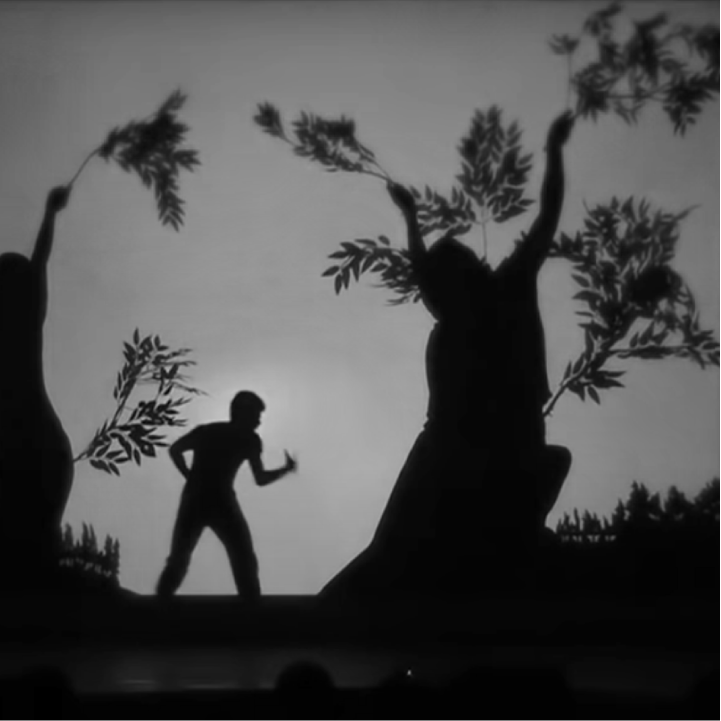 Bonus trick: watch her use puddles on the floor to create a reflection effect.
Bonus trick: watch her use puddles on the floor to create a reflection effect.
Aim for movement
and dynamics
Camera movement, such as approaching or rotating around dancers, is a great way to make a dance video more interesting. But Rebecca recommends thinking even more broadly: "It's not just about movement, it's about creating a sense of dynamics." To do this, she often starts with a long shot to set the stage and then zooms in to focus on the dancers. Sometimes she shoots the same dance from different angles, and sometimes the opposite - she uses a tripod to fix the desired shot. The goal is to take different shots that can be edited together to create a dynamic, compelling story.
"Shooting with the Galaxy S22 Ultra is a great way to get shots like a pro - without a huge camera crew."
- RebekahBCreative
Turn your smartphone into an entire film crew
Sometimes a film crew is indispensable, but Rebecca found one big advantage with the Galaxy S22 Ultra: sheer flexibility.